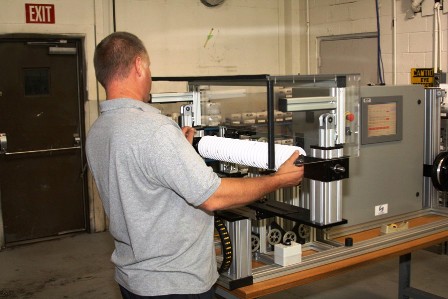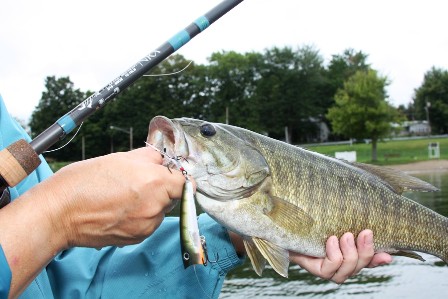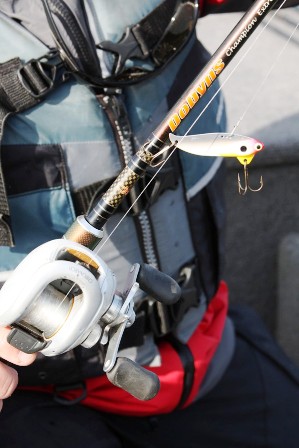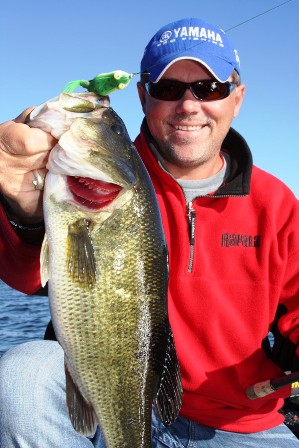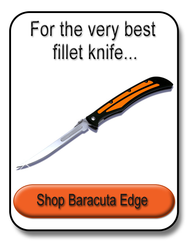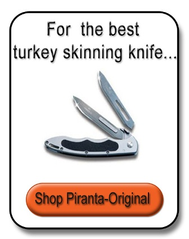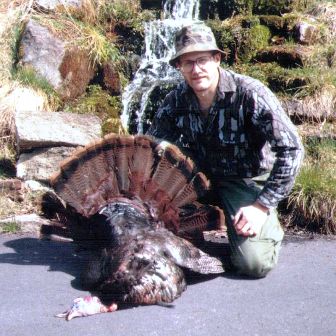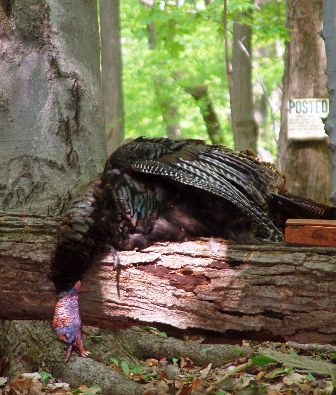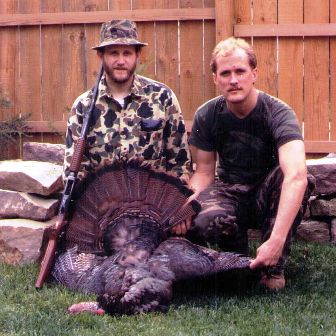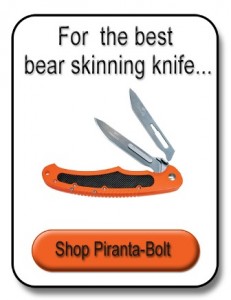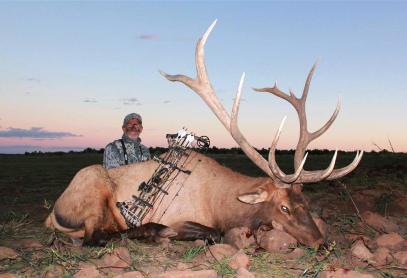By Darl Black
Simplify your fishing line decision….
monofilament, fluorocarbon or braid?
You’ve likely heard the expression “during simpler times,” referring to an earlier period when life was less complicated and we had fewer choices. Well, fishing line choice certainly was simpler in the 1960s and 1970s when nylon monofilament was the only type of line seriously considered by anglers. Today, in addition to nylon monofilament, two entirely new line materials have come into play: fluorocarbon and braided/fused superline.
Dale Black*, president of Black Knight Industries of Oil City, Pennsylvania, is an entrepreneur in today’s fishing line market. Black Knight Industries owns Gamma Fishing Line, offering all three products: copolymer monofilament, fluorocarbon and braid (i.e. superline). Having knowledge about all three types of line, Dale’s expertise will help you figure out today’s line puzzle.
Unlocking the Puzzle
“These unique line products enable anglers to address lure presentations better than ever before,” says Black. “Although all are fishing line, each product is made from different material with particular properties. Anglers need to understand the pros and cons of each material in order to make an informed decision.”
The original monofilament everyone is familiar with, is an extruded nylon product. Dale is quick to point out that today’s copolymer line is simply a “kissing cousin” to nylon monofilament. Copolymer line is a formulation of multiple resins to create a new and improved nylon line, with a slicker finish, slightly more abrasion resistance, and a little less memory.
While technically a single strand line, fluorocarbon is made from polyvinylidene fluoride rather than nylon resins. Developed during the 1970s in Japan, fluorocarbon did not rise to prominence as a fishing line in the US until the 1990s.
Superlines are made of gel spun Dyneema® or Spectra® fibers, either braided or fused together creating a line that is far different from nylon-copolymer or fluorocarbon.
Black stresses no single type of line is satisfactory for all lure and live bait presentations. Here is his description of the pros and cons of the three types of line:
Superline – “The popularity of superline rests with very low stretch (about 3%), extremely supple for long casts, no memory, durability, sensitivity and an incredibly high break strength for its diameter. A superline testing 20 pounds has a diameter similar to that of 6 or 8 pound monofilament,” details Black. “The drawbacks are: highly visible in clear water, difficulty with wind knots and backlashes, and impossible to slingshot-loose from snags due to lack of elasticity in the line. Until recently, all superlines would float; however some manufacturers are now weaving the braid around a dense material thereby making it sink. The desirability of sinking or floating depends on the intended presentation.”
Fluorocarbon – “Fluorocarbon, on the other hand, is very dense so it sinks quickly and is virtually invisible in water because its refractive index is close to that of water,” continues Black. “Fluorocarbon is more sensitive than nylon resin lines, but less sensitive than superlines. Many first time users of fluorocarbon encounter line management problems because fluorocarbon is stiffer than monofilament – if a spinning reel spool is filled too close to the lip, fluorocarbon will jump off creating line tangles.”
Nylon monofilament and copolymer – “Nylon monofilament and copolymer lines have the greatest amount of stretch and the least amount of sensitivity. But nylon line is regarded as “angler friendly” compared to the handling properties of fluorocarbon and superline. Nylon based lines sink slowly compared to quick-sink fluorocarbon. The elasticity of nylon monofilament and copolymer lines can be viewed as negative or positive depending on the intended use. If you are employing a crankbait, you may desire that delay in a hookset with nylon line, to allow a fish to take the bait better.”
Ya Got to Know When To Use ‘Em
“In certain presentations there is a clear choice as to which fishing line to use. In other situations, it may not be as clear,” says Black. “To compensate for the high visibility of a superline, the trend is to tie a monofilament or fluorocarbon leader of three to six feet on the end of the superline, and attaching the bait to the leader.”
To make your choice easy, here’s a handy reference chart linking types of presentation with the type of line that will be effective:
| Presentation | Suggested Line |
| Most Topwater Baits | Monofilament/copolymer, or fine diameter superline with leader. |
| Weedless Frog Baits | Superlines float and slice through vegetation when fish is hooked; vegetation camouflages the highly visible superline. No leader. |
| Buzzbaits | Superlines enable long cast with no-stretch power when setting hooks; no leader used. |
| Flipping/pitching | Flexibility in choice; some anglers like copolymer or fluorocarbon when flipping wood cover, but prefer a superline without leader for fishing strictly vegetation. |
| Drop-shot, jigs, worms | For lure presentations which involve bottom-bumping, slack-line presentations, fluorocarbon is the hands down favorite because the line sinks quickly and is sensitive. But there is a trend to using a sinking superline with fluorocarbon leader in many of these presentations; getting unsnagged is a problem due to lack of stretch in superlines. |
| Dead-drift soft plastic | Superline with monofilament or fluorocarbon leader. |
| Crankbaits/spinnerbaits | Because successful hook-ups with constant tension motion baits require some delay in the hookset, the stretch of monofilament/copolymer is a big advantage. |
| Suspending jerkbait | Copolymer, or superline with leader. |
| Live bait | Personal choice based on the cover or depth you are fishing, keeping in mind that a fluorocarbon leader is invisible under water. |
*The author, Darl Black, is not related to Dale Black of Black Knight Industries, and has nothing to gain from mentioning him in this article.
***
About Darl Black
A lifelong freshwater angler and veteran writer and photographer, Darl tackles a wide variety of fishing related stories for print publications and websites. Of all fishing, angling for smallmouth bass is his favorite pastime. He may be reached for assignment at darlblack@windstream.net.
For more great fishing articles by Darl Black,
click here.
And read what other anglers have to say about the Baracuta fillet knife…
8,682 total views, no views today


